Augmented Reality Based Distant Maintenance Approach
Abstract
:1. Introduction
- An AR-based telepresence device was developed and tested for remote monitoring of the service flow and automated identification of parts.
- A novel identification algorithm was developed and tested in an AR environment.
- A Unity–Vuforia-based application was developed to provide motorcycle service assistance using AR and telepresence technologies.
1.1. Related Work
1.2. The Role of AR in Industry 4.0 Maintenance Procedures
2. Materials and Methods
3. The Developed Telepresence System
- Signal strength: The Bluetooth signal strength should be strong enough to maintain a reliable connection between devices, even when there are obstacles or interference present. A weak signal can lead to connection drops or a degraded performance.
- Interference avoidance: Bluetooth operates in the 2.4 GHz frequency band, which can be crowded with other wireless devices like Wi-Fi routers, microwaves, or cordless phones. To ensure stable networking, devices should employ interference avoidance techniques or adaptive frequency hopping to mitigate the impact of the interference.
- Power management: Efficient power management is important for stable Bluetooth networking. Devices should optimize their power consumption to maintain a stable connection while conserving battery life.
- Protocol robustness: The Bluetooth protocol stack, including the lower-level layers like the link layer and physical layer, should be robust and capable of handling potential challenges and variations in the wireless environment. This includes error correction mechanisms, packet retransmissions, and adaptive modulation techniques.
- Quality of Service (QoS): QoS mechanisms in Bluetooth help prioritize and manage data transmission to ensure that critical or time-sensitive information is given priority, improving the overall stability and reliability.
4. Building Augmented Reality Applications
| Algorithm 1 Location of Objects in the Environment |
| Require: exist = 0; message = ””; i = 1 Ensure: String result//message while exist = 0 and i < length(DB) + 1 do if Partname == DB (i) then exist = 1 message = Partname + “FOUND” end if i + + end while if exist = 0 then message = Partname + “Not FOUND” end if return message |
5. Discussion
6. Conclusions
Author Contributions
Funding
Data Availability Statement
Conflicts of Interest
References
- García, J.R.R.; Martinetti, A.; Becker, J.M.J.; Singh, S.; van Dongen, L.A. Towards an industry 4.0-based maintenance approach in the manufacturing processes. In Research Anthology on Cross-Industry Challenges of Industry 4.0; IGI Global: Hershey, PA, USA, 2021; pp. 1219–1243. [Google Scholar] [CrossRef]
- Salunkhe, O.; Fast-Berglund, Å. Increasing operational flexibility using Industry 4.0 enabling technologies in final assembly. In Proceedings of the 2020 IEEE International Conference on Engineering, Technology and Innovation (ICE/ITMC), Cardiff, UK, 15–17 June 2020. [Google Scholar] [CrossRef]
- Di Pace, A.; Fenza, G.; Gallo, M.; Loia, V.; Meglio, A.; Orciuoli, F. Implementing the Cognition Level for Industry 4.0 by integrating Augmented Reality and Manufacturing Execution Systems. In Proceedings of the 34th International Conference on Advanced Information Networking and Applications (AINA-2020), Caserta, Italy, 28 March 2020. [Google Scholar] [CrossRef]
- Fast-Berglund, Å.; Gong, L.; Li, D. Testing and validating Extended Reality (xR) technologies in manufacturing. Procedia Manuf. 2018, 25, 31–38. [Google Scholar] [CrossRef]
- Alenljung, Z.; Lindblom, J. User experience in augmented reality: A holistic evaluation of a prototype for assembly instructions. In Proceedings of the Design, User Experience, and Usability: Design for Contemporary Technological Environments: 10th International Conference, Virtual Event, 24–29 July 2021. [Google Scholar] [CrossRef]
- Wankhede, V.A.; Vinodh, S. State of the art review on Industry 4.0 in manufacturing with the focus on automotive sector. Int. J. Lean Six Sigma 2022, 13, 692–732. [Google Scholar] [CrossRef]
- Bortolini, M.; Ferrari, E.; Gamberi, M.; Pilati, F.; Faccio, M. Assembly system design in the Industry 4.0 era: A general framework. Ifac-Pap. 2017, 50, 5700–5705. [Google Scholar] [CrossRef]
- Makhataeva, Z.; Varol, H.A. Augmented Reality for Robotics: A Review. Robotics 2020, 9, 21. [Google Scholar] [CrossRef] [Green Version]
- Konstantinidis, F.K.; Kansizoglou, I.; Santavas, N.; Mouroutsos, S.G.; Gasteratos, A. MARMA: A Mobile Augmented Reality Maintenance Assistant for Fast-Track Repair Procedures in the Context of Industry 4.0. Machines 2020, 8, 88. [Google Scholar] [CrossRef]
- Lalik, K.; Wątorek, F. Predictive Maintenance Neural Control Algorithm for Defect Detection of the Power Plants Rotating Machines Using Augmented Reality Goggles. Energies 2021, 14, 7632. [Google Scholar] [CrossRef]
- Lalik, K.; Flaga, S. A Real-Time Distance Measurement System for a Digital Twin Using Mixed Reality Goggles. Sensors 2021, 21, 7870. [Google Scholar] [CrossRef]
- Palmarini, R.; ErkoyuncuJ, A.; Rajkumar, R.; Torabmostaedi, H. A systematic review of augmented reality applications in maintenance. Robot. Comput. Integr. Manuf. 2018, 49, 215–228. [Google Scholar] [CrossRef] [Green Version]
- Lorenz, M.; Knopp, S.; Klimant, P. Industrial Augmented Reality: Requirements for an Augmented Reality Maintenance Worker Support System. In Proceedings of the 2018 IEEE International Symposium on Mixed and Augmented Reality Adjunct (ISMAR-Adjunct), Munich, Germany, 16–20 October 2018. [Google Scholar] [CrossRef]
- Konstantinidis, F.K.; Myrillas, N.; Mouroutsos, S.G.; Koulouriotis, D.; Gasteratos, A. Assessment of Industry 4.0 for Modern Manufacturing Ecosystem: A Systematic Survey of Surveys. Machines 2022, 10, 746. [Google Scholar] [CrossRef]
- Bulić, P.; Kojek, G.; Biasizzo, A. Data Transmission Efficiency in Bluetooth Low Energy Versions. Sensors 2019, 19, 3746. [Google Scholar] [CrossRef] [Green Version]
- Fürstner, I.; Gogolák, L.; Sarcevic, P. Development of telepresence technology during the teaching process at Subotica Tech. J. Appl. Tech. Educ. Sci. 2018, 8, 44–53. [Google Scholar] [CrossRef]
- Werbińska-Wojciechowska, S.; Winiarska, K. Maintenance Performance in the Age of Industry 4.0: A Bibliometric Performance Analysis and a Systematic Literature Review. Sensors 2023, 23, 1409. [Google Scholar] [CrossRef]
- Schroeder, G.; Steinmetz, C.; Pereira, C.E.; Muller, I.; Garcia, N.; Espindola, D.; Rodrigues, R. Visualising the digital twin using web services and augmented reality. In Proceedings of the 2016 IEEE 14th International Conference on Industrial Informatics (INDIN), Poitiers, France, 19–21 July 2016. [Google Scholar] [CrossRef]
- Hawkins, M. Cyber-physical production networks, internet of things-enabled sustainability, and smart factory performance in industry 4.0-based manufacturing systems. Econ. Manag. Financ. Mark. 2021, 16, 73–83. [Google Scholar]
- Paszkiewicz, A.; Salach, M.; Dymora, P.; Bolanowski, M.; Budzik, G.; Kubiak, P. Methodology of Implementing Virtual Reality in Education for Industry 4.0. Sustainability 2021, 13, 5049. [Google Scholar] [CrossRef]
- Zhang, L.; Xu, F.; Liu, Y.; Zhang, D.; Gui, L.; Zuo, D. A posture detection method for augmented reality–aided assembly based on YOLO-6D. Int. J. Adv. Manuf. Technol. 2023, 125, 3385–3399. [Google Scholar] [CrossRef]
- Simon, J. Augmented Reality Application Development using Unity and Vuforia. Interdiscip. Descr. Complex Syst. INDECS 2023, 21, 69–77. [Google Scholar] [CrossRef]
- Sgarbossa, F.; Grosse, E.H.; Neumann, W.P.; Battini, D.; Glock, C.H. Human factors in production and logistics systems of the future. Annu. Rev. Control 2020, 49, 295–305. [Google Scholar] [CrossRef]
- Yang, F.; Gu, S. Industry 4.0, a revolution that requires technology and national strategies. Complex Intell. Syst. 2021, 7, 1311–1325. [Google Scholar] [CrossRef]
- Kumar, P.; Singh, D.; Bhamu, J. Machine Vision in Industry 4.0: Applications, Challenges and Future Directions; CRC Press: Boca Raton, FL, USA, 2022; pp. 263–284. [Google Scholar] [CrossRef]
- Silvestri, L.; Forcina, A.; Introna, V.; Santolamazza, A.; Cesarotti, V. Maintenance transformation through Industry 4.0 technologies: A systematic literature review. Comput. Ind. 2020, 123, 103335. [Google Scholar] [CrossRef]
- Fauska, C.; Kniežová, J. Industry 4.0 solutions for preventive engine maintenance: A systematic review. F1000Research 2022, 11, 897. [Google Scholar] [CrossRef]
- Simon, J. Fuzzy Control of Self-Balancing, Two-Wheel-Driven, SLAM-Based, Unmanned System for Agriculture 4.0 Applications. Machines 2023, 11, 467. [Google Scholar] [CrossRef]

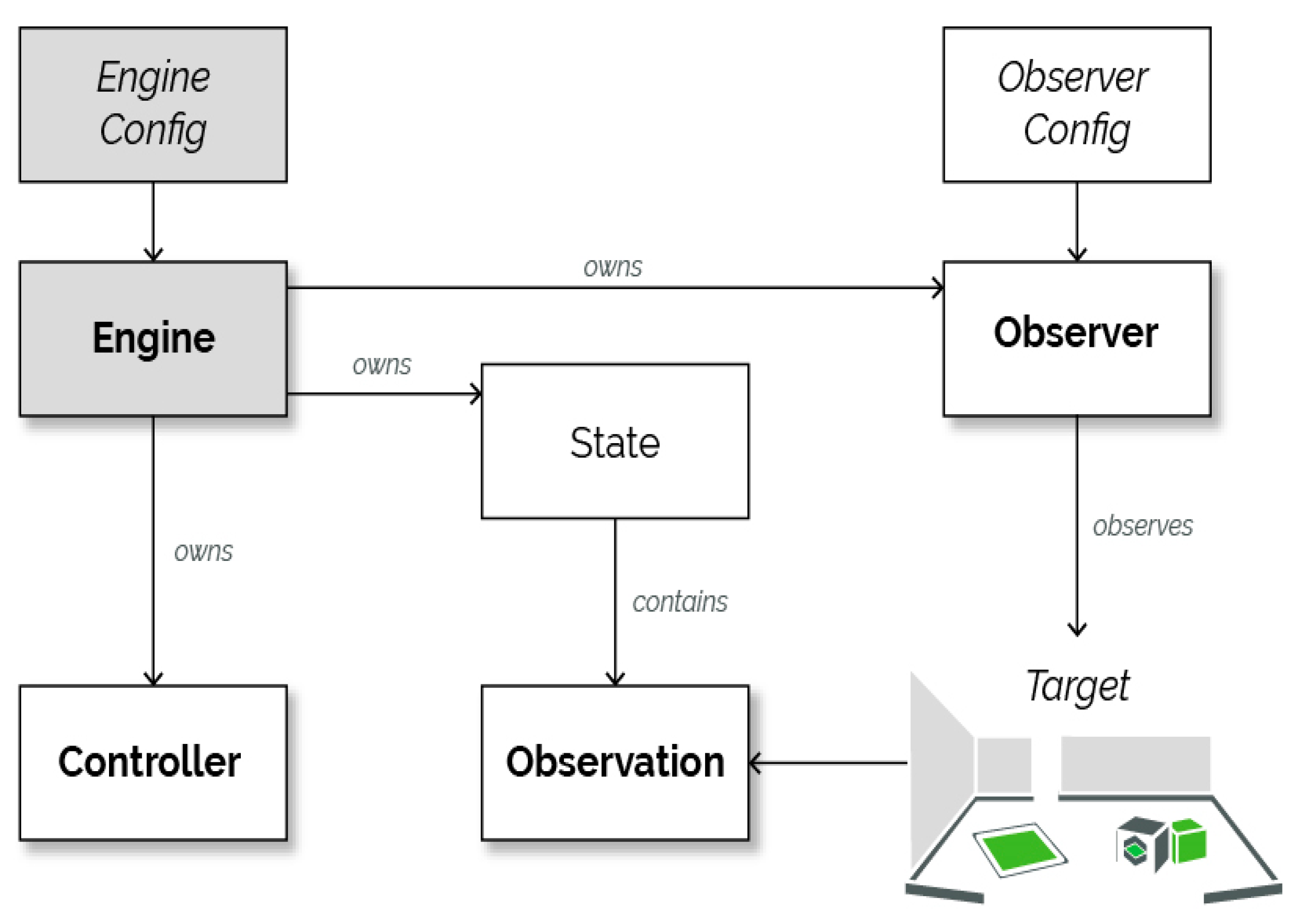
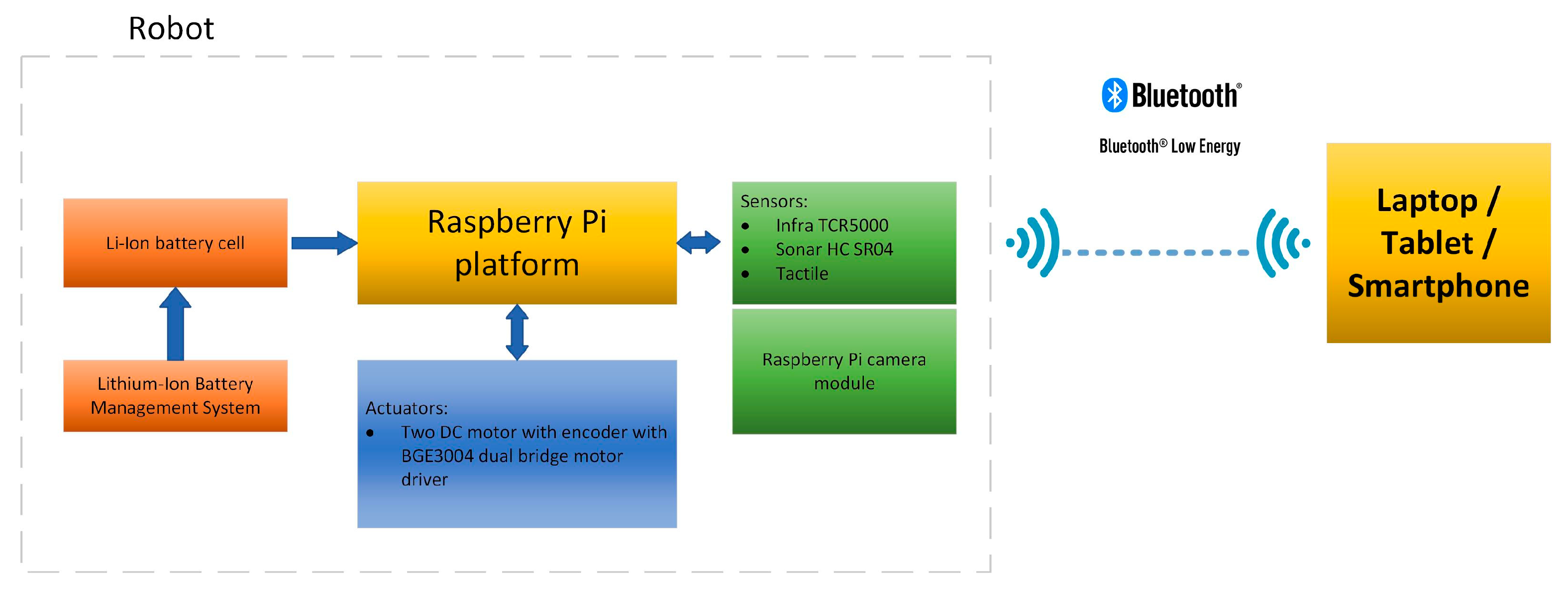



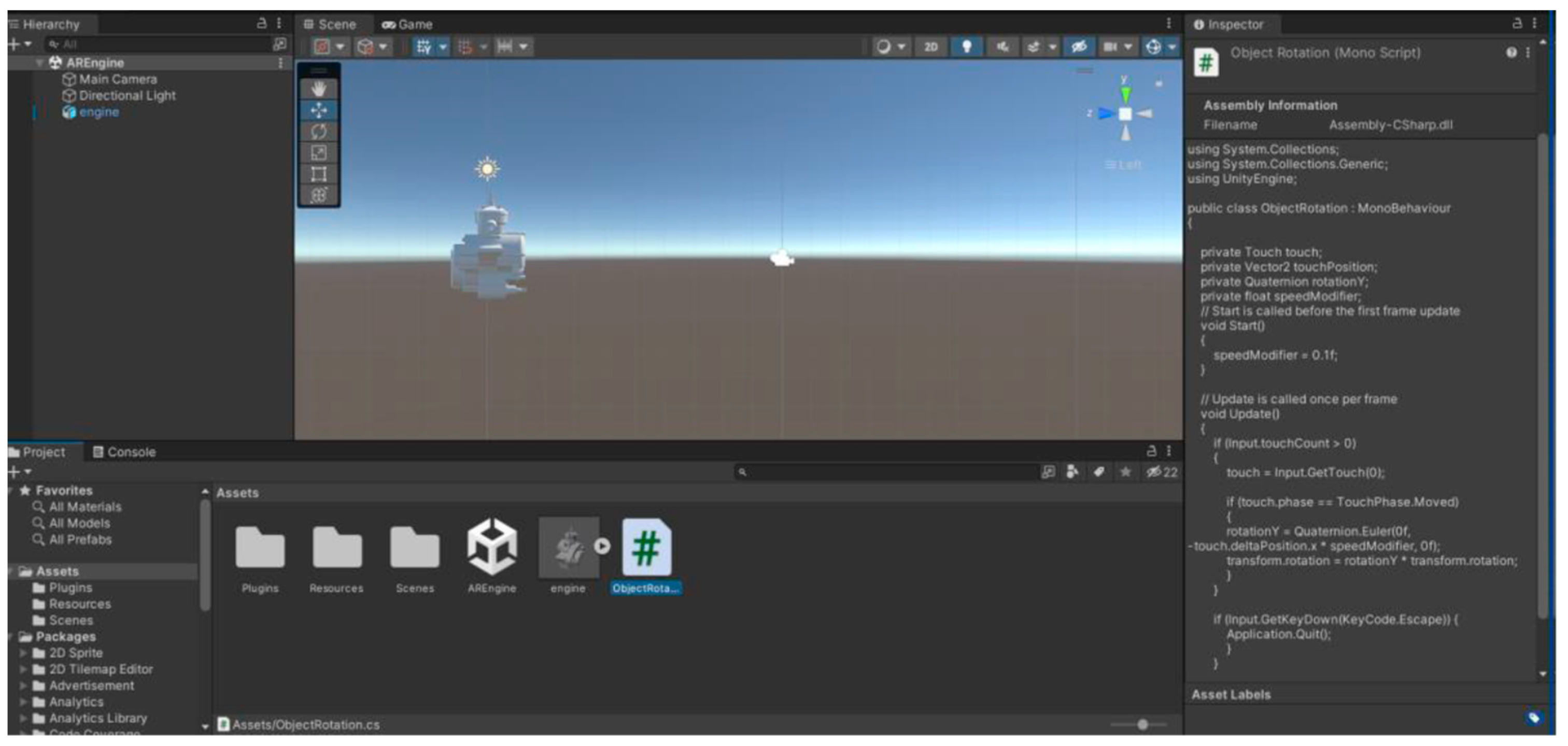
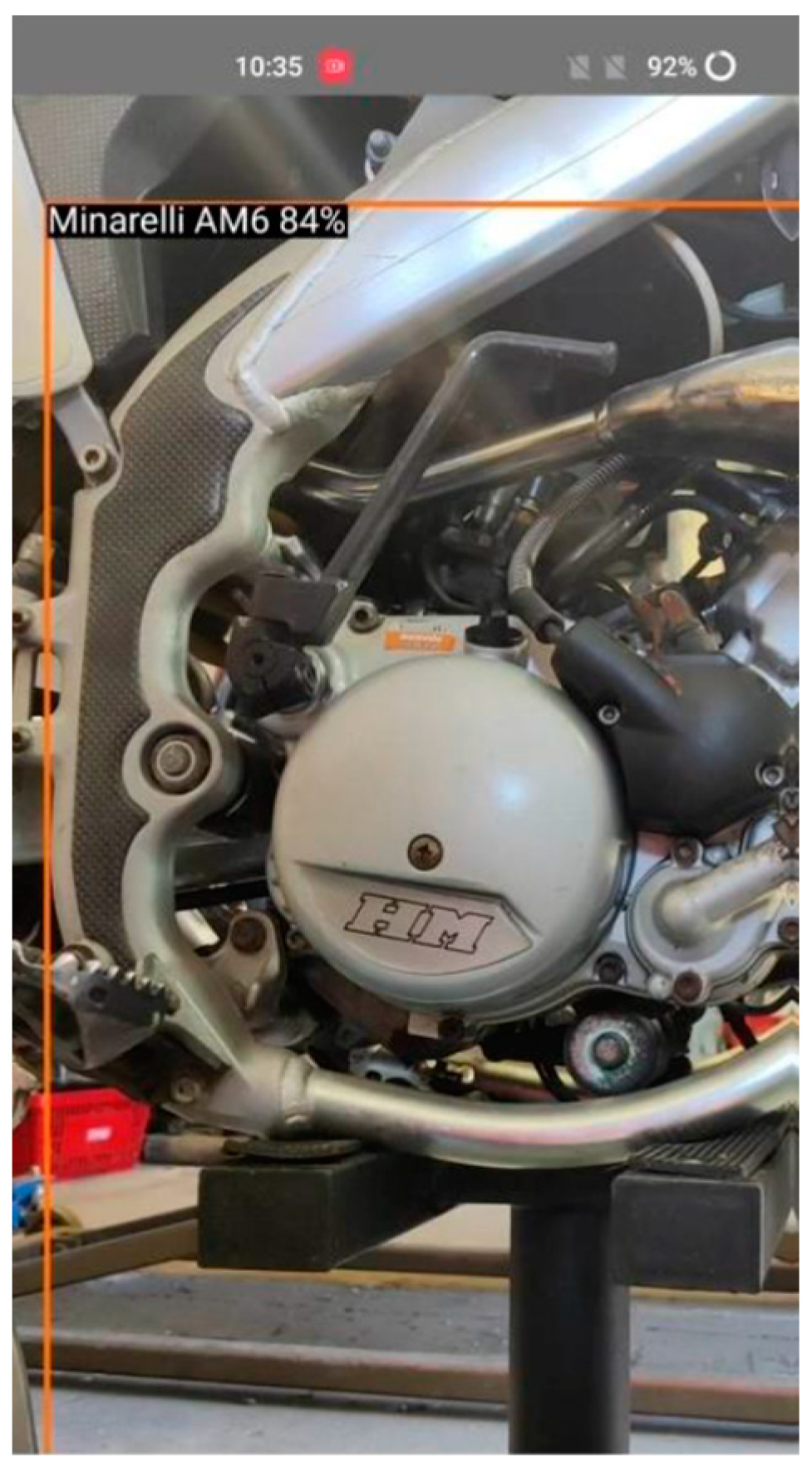
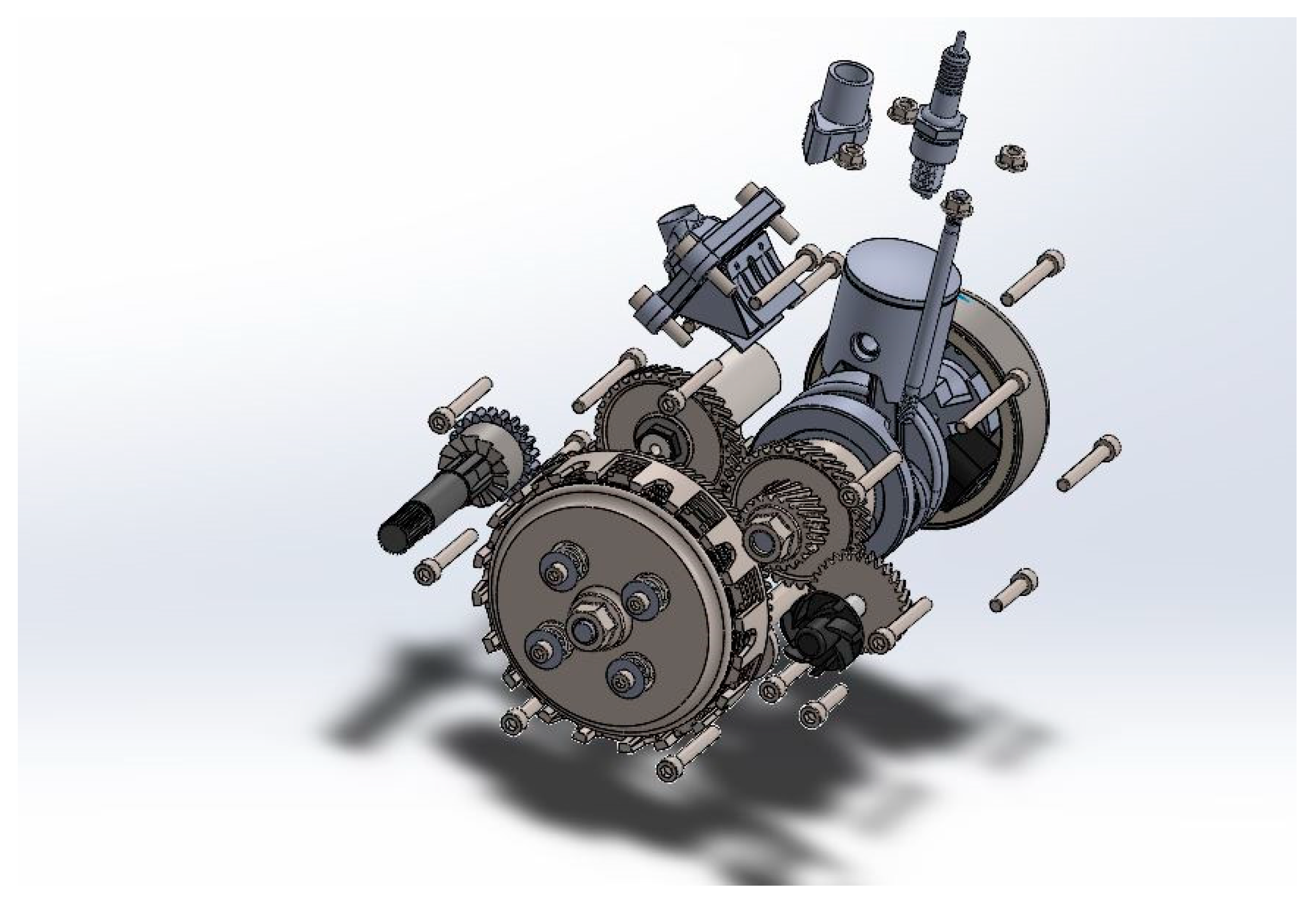
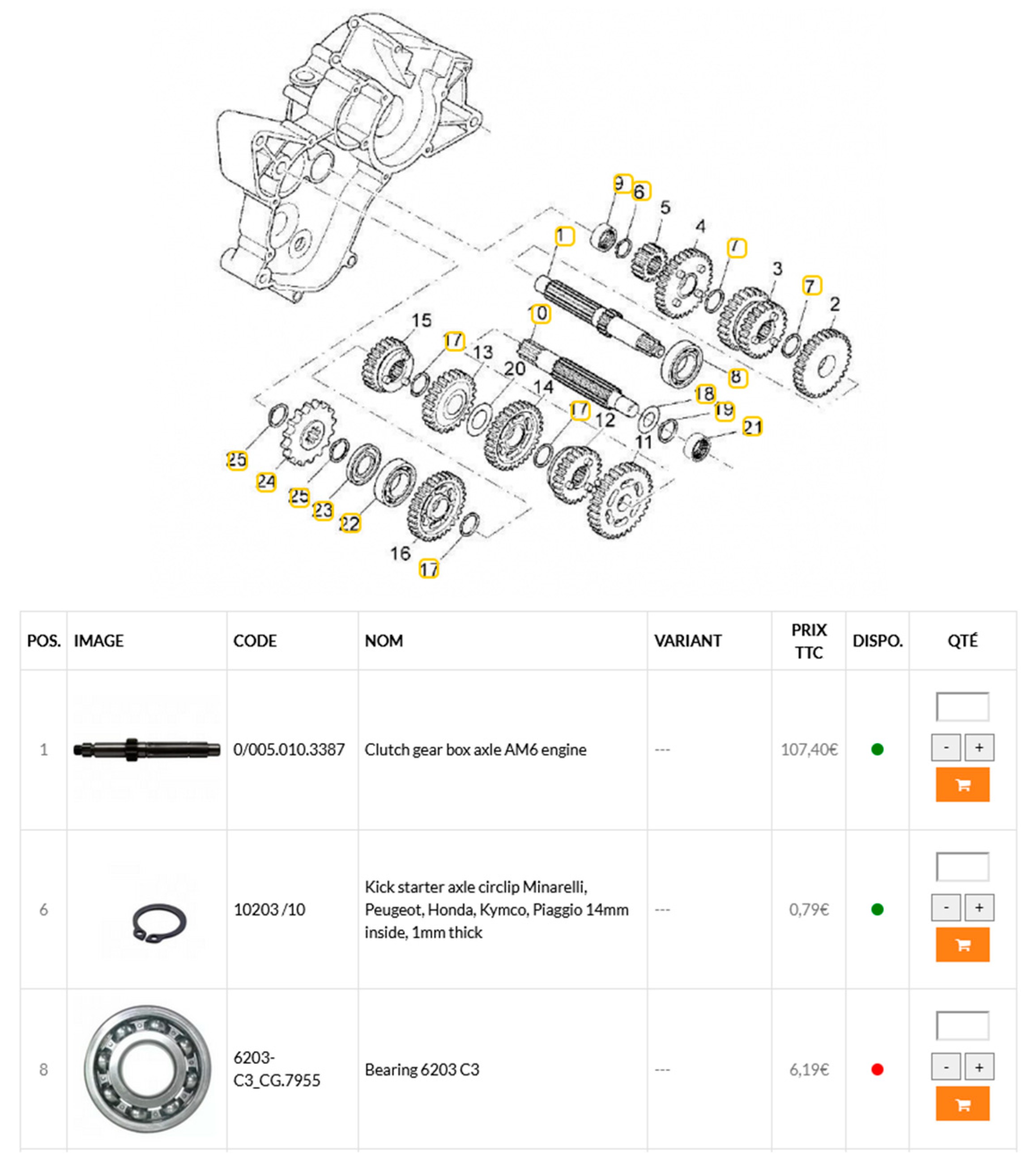

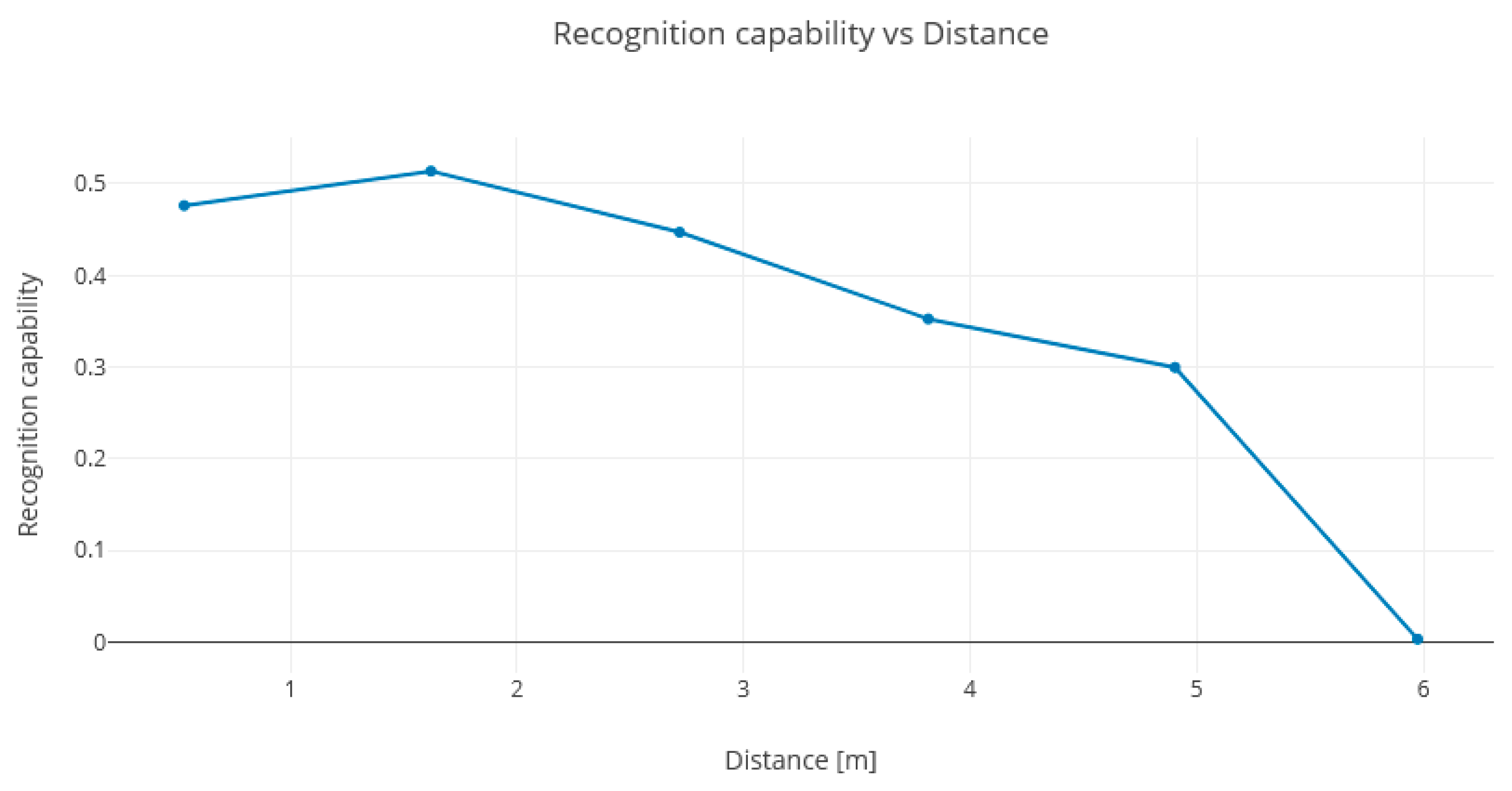
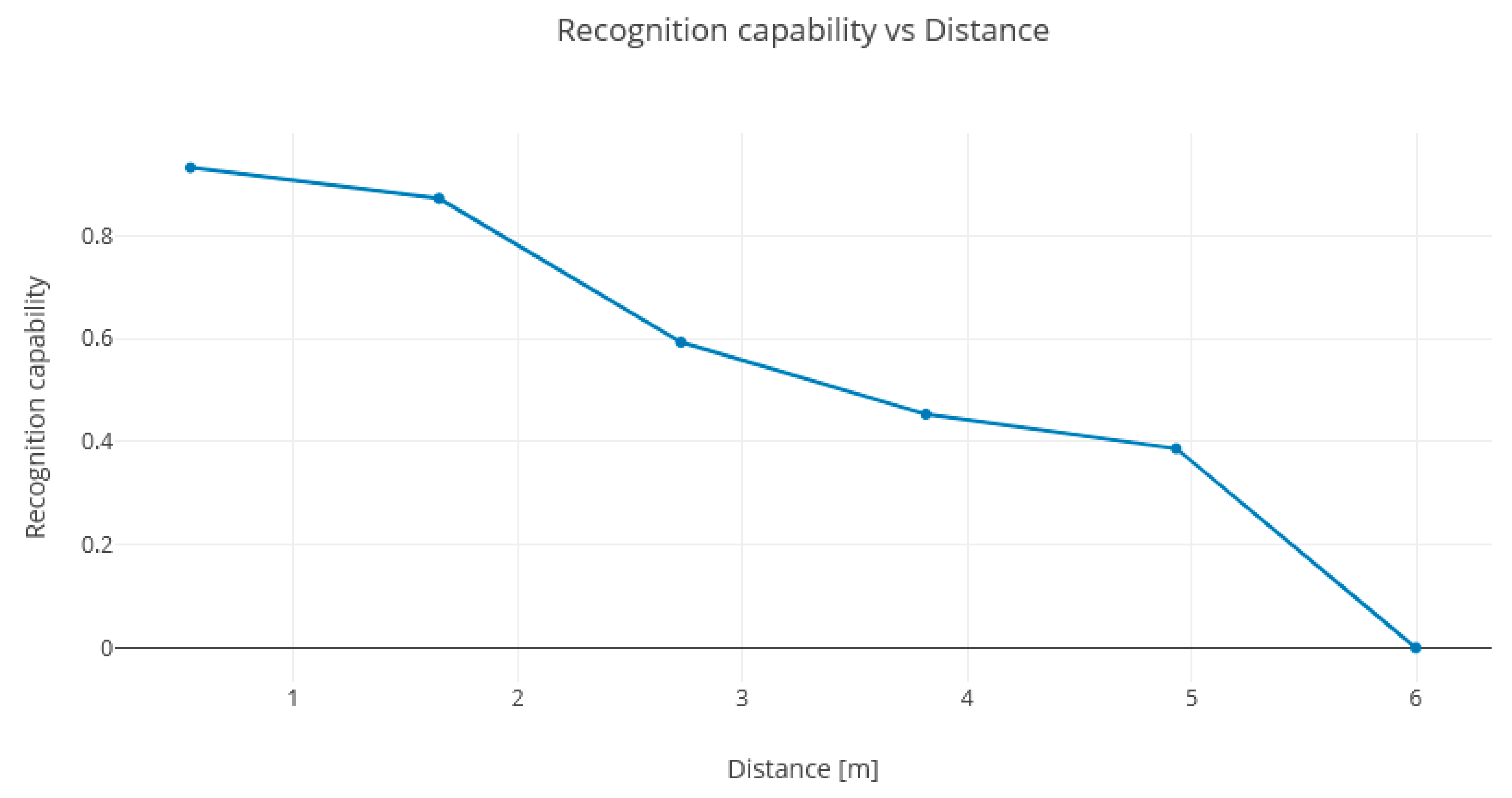

Disclaimer/Publisher’s Note: The statements, opinions and data contained in all publications are solely those of the individual author(s) and contributor(s) and not of MDPI and/or the editor(s). MDPI and/or the editor(s) disclaim responsibility for any injury to people or property resulting from any ideas, methods, instructions or products referred to in the content. |
© 2023 by the authors. Licensee MDPI, Basel, Switzerland. This article is an open access article distributed under the terms and conditions of the Creative Commons Attribution (CC BY) license (https://creativecommons.org/licenses/by/4.0/).
Share and Cite
Simon, J.; Gogolák, L.; Sárosi, J.; Fürstner, I. Augmented Reality Based Distant Maintenance Approach. Actuators 2023, 12, 302. https://doi.org/10.3390/act12070302
Simon J, Gogolák L, Sárosi J, Fürstner I. Augmented Reality Based Distant Maintenance Approach. Actuators. 2023; 12(7):302. https://doi.org/10.3390/act12070302
Chicago/Turabian StyleSimon, János, László Gogolák, József Sárosi, and Igor Fürstner. 2023. "Augmented Reality Based Distant Maintenance Approach" Actuators 12, no. 7: 302. https://doi.org/10.3390/act12070302






